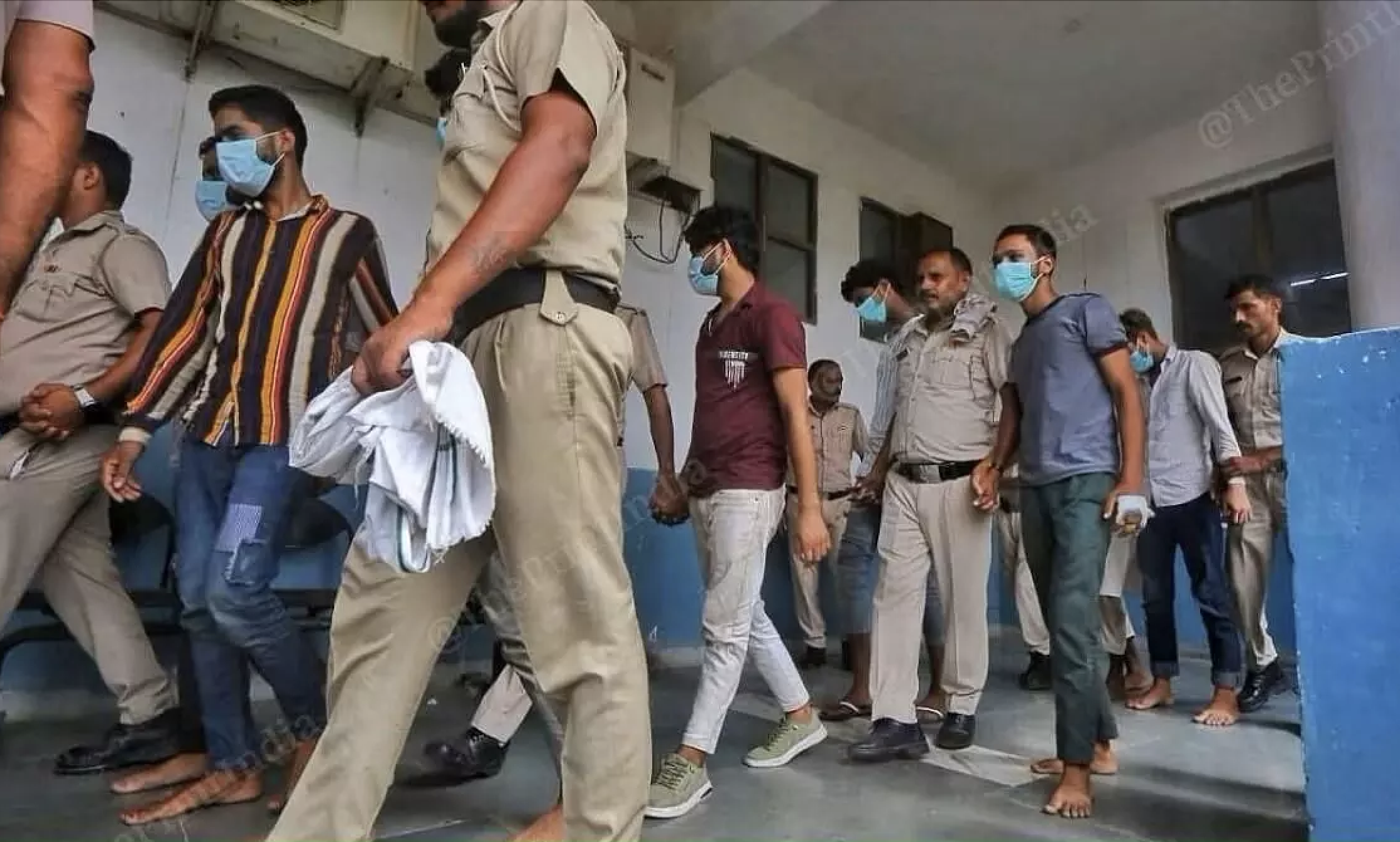
By Web Desk
The communal riot that erupted in Haryana’s Nuh district between Hindus and Muslims during July and August 2023, which later spread to other parts of the state, resulted in the deaths of at least six people and injuries to several others. The situation has come under scrutiny after it was found that most of those arrested, mostly belonging to the Muslim community, in connection with the case had no corroborative evidence against them.
The violence, which began with clashes between Hindu and Muslim communities during the Brij Mandal Jalabhishek Yatra on July 31, 2023, resulted in the deaths of two home guards and injuries to at least 15 others, including several police personnel.
The conflict quickly spread to neighbouring areas, with a mob attacking a mosque in Gurugram on the same night, where the naib imam was killed. The violence claimed at least six lives and left numerous individuals injured.
Following the unrest, police filed 60 first information reports (FIRs) across seven stations, leading to 441 arrests by June 2024. However, a recent report by the People’s Union for Democratic Rights (PUDR) casts a critical eye on the handling of these cases. According to the PUDR, 81 out of 89 cases related to the violence lacked independent or corroborating evidence to justify the arrests made.
The PUDR’s investigation, which involved multiple fact-finding visits to Nuh and surrounding villages, highlights significant flaws in the evidence presented against the accused. Many cases relied solely on the disclosure statements of the accused or their co-accused, without any corroborative evidence or incriminating material. Such statements are typically inadmissible in court without additional supporting evidence.
This story was originally published in madhyamamonline.com. Read the full story here.

